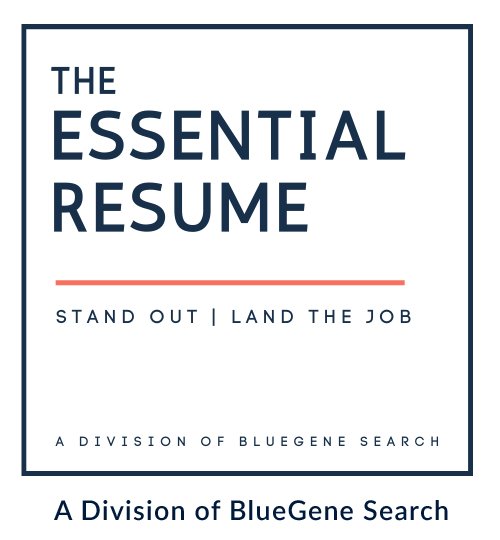3 Things to Know Before Your Biotech Interview
The prep work that goes into your pre-interview game is sometimes more overwhelming than the biotech interview itself. Your interview checklist can be a mile long, including:
Tweaking your resume so it’s reflective of the role you’re interviewing for.
Proofreading everything including your resume, brag book, and business plan.
Running to FedEx/Kinkos to make sure you have enough copies of all of your job interview materials in case there is a surprise guest interviewer.
Pouring over your S.T.A.R. interview questions and answers for the 10th time and making sure you’ve got the “S” “T” “A” and “R” all accounted for.
And so much more from planning out what you’ll wear to your biotech interview to how you’ll get there on the big day. But if you’re interviewing in Biotech, there are three things you must know in order to ensure success:
Know How to Pronounce the Product
Nothing is worse than being in an interview and stumbling over the product name. I’ve heard it a million times from a hiring manager: He didn’t even know how to pronounce the product.
Let’s face it: We are not always talking easy product names with an easy pronunciation like Apple.
Naming a pharmaceutical product is, according to CNN, both “an art and a science” and it’s an arduous process. The end result can sometimes leave you tongue-tied.
You get one chance to make a first impression. If you mispronounce the drug, not only is it disruptive to the interview process, but it gives the impression that you didn’t take the time to prepare for the interview. It makes the hiring manager wonder why you are sitting across from them and not taking the process seriously.
The cure to difficult drug pronunciations:
Google: Type in “How do I pronounce [drug name]?”
YouTube: Search for videos and listen to how it’s pronounced in presentations.
LinkedIn: Reach out to a current employee and ask. (Of course, you want to send a short note introducing yourself, explaining that you’ll be interviewing and expressing interest, asking to pronounce the drug, and thanking them for their help!)
2. Know Everything About the Disease State
Now that you’ve got the name down, you’ve got to understand what the drug does, whom it treats, and why you are interested in this disease state.
Again, first impressions are everything. Imagine if you came up blank when asked: Tell me why you are interested in xyz product or disease state?
Let’s say you are interviewing for a biotech company that sells a rare disease product or even ultra -rare. Chances are you don’t know someone who has this disease because it is so rare, so you don’t have that personal passion that sets you apart.
Take your disease state research to the next level. Watch a video about a patient who has the disease, get an understanding of what their life is like. This will go a long way in helping you find your why and you’ll be able to better convey your understanding of the disease and passion for the patient.
Increase your research with:
Company websites: Look for stories from patients--and read them (don’t skim!).
YouTube: Search for patients with the disease state
Google: Find patient support groups for the disease state and look for patient stories.
3. Know How You’ll Offer a Solution by Understanding the Competitive Landscape
Progressing in the interview process requires that you present yourself as the best possible solution to the hiring manager’s problem. You can present yourself as a solution by anticipating some of the challenges the products may face in relation to the competitive landscape.
If you are interviewing for a Director of Sales position for a new product in a crowded space you’ll want to discuss your strategic pre-launch plan in the face of limited payer coverage. If you’re interviewing at a representative level you can demonstrate your knowledge of the managed care landscape of the competition, and how you would overcome barriers to access.
You don’t have to be an absolute expert and memorize every detail. You do have to be able to convey that you’ve done your homework and that you offer a solution.
Where to start:
Google is the gateway: Start with a simple search for the top treatments.
WebMD, MayoClinic, Rxlist, drugs.com: Compare side effects and cost.
Patient Support and Advocacy groups: Search for challenges faced by patients in accessing the competing treatments.
Knowing these three things will give you a leg up on the competition, because it’s the right kind of prep work. Everybody’s rehearsed the answer to , “Tell me about yourself” but you’ll slay the interview if you roll that into a discussion of how you’ll address the (properly pronounced!) product pain points.
You’ve got this!
--
You gotta land an interview to prepare for it--so make sure you have a LinkedIn profile that’ll get you noticed! Get your free copy of “8 Ways to Take Your LinkedIn Profile from Basic to Badass.” Download this free resource.

